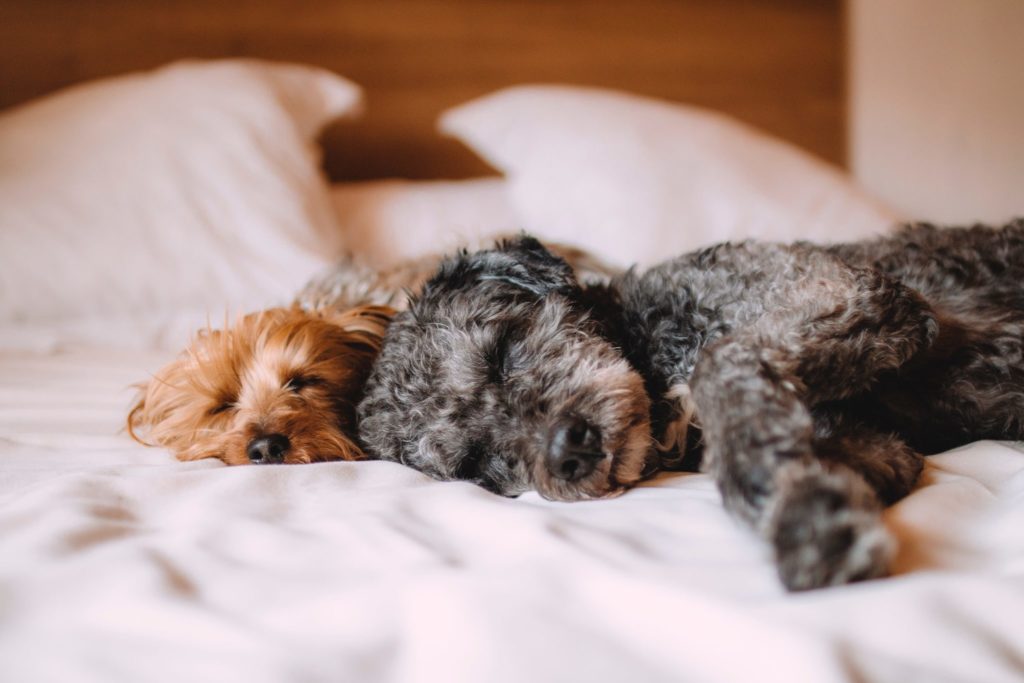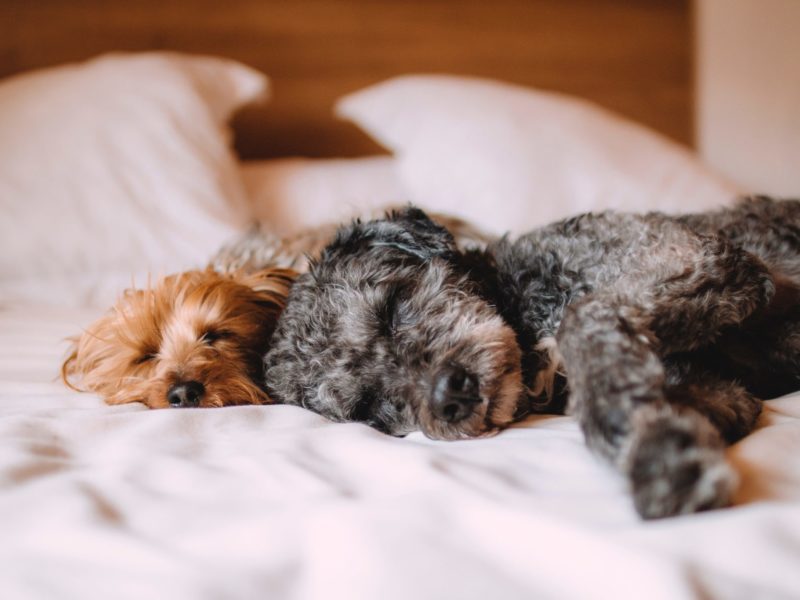A survey conducted by the American Pet Products Association (APPA) has found that pet ownership in this country is extremely widespread, with at least one third of homeowners enjoying the company of a furry or fuzzy little friend. More than 60 million households have dogs, 47 million have cats, 15 million have fish, 8 million households have birds, and 14 million other homes have miscellaneous small animal pets. Many people are extremely attached to their pets, and want to do everything possible to secure their well-being and to keep them safe from all possible harm. Here are some ways you can go about keeping your pet safe.

Keep pets close to home
The only way you can really be sure your pet is being protected, is if it is kept within your own little safety zone around the home. That might be the home itself, the backyard, or the basement, but wherever it is, you need to keep them safe from hazards away from home. Small animals in cages are probably a little more secure to begin with, but even they need to be monitored closely when they’re released, and their cages should be kept locked securely when you’re away.
Get some security help
Your pet is certainly worth protecting, so a security system with a video feed would be one great way for you to keep track of any dangers or hazards your pet might be presented with. Some of the more sophisticated systems of today allow you to remotely monitor through your telephone, anything which is happening at home. Many people have dogs at their home for the purpose of adding a layer of security for household members, so the least you can do is to return the favor, and protect your dog or other household pets to the best of your ability.
Be careful about sharing human food
Your pet probably acts like your food smells and tastes a lot better than theirs does, but you should be careful about giving into this kind of sympathetic sharing. You might think you’re doing your pet a favor or a good turn, by sharing your own home cooked meal, but keep in mind that there are a great many human foods which can prove somewhat dangerous to household pets. It isn’t just coffee and chocolate that could present hazards to your dogs and cats, because other foods like mushrooms, grapes and cooked tomato stems can be equally dangerous. Your best bet is to simply adopt a policy where you don’t share food with your pets.
Eliminate physical hazards
You can identify those things around the household which may be potential hazards to your pet, simply by watching what their normal routines and habits are around the house. Think to yourself about how dangerous a given situation might be if you weren’t around the house to intervene. A lot of these potential hazards are common sense, such as small batteries, twist ties, hairpins, dental floss, and rubber bands. If you allow your pet to go into the garage or the outdoors where your garbage cans are positioned, make sure those receptacles are secured from pet access. It’s also a good idea to plan your exterior holiday decorations with your pet in mind, if it routinely has access to the outdoors.


 Why a Wireless Security System Isn’t Always the Best Choice
Why a Wireless Security System Isn’t Always the Best Choice